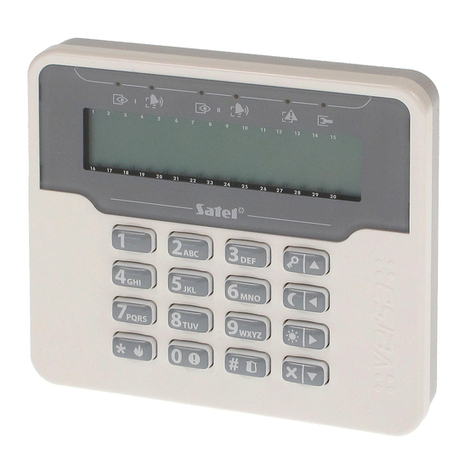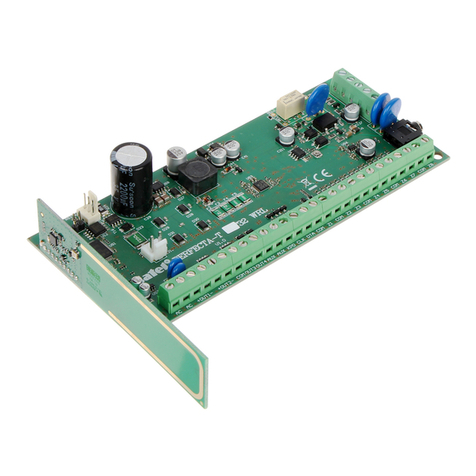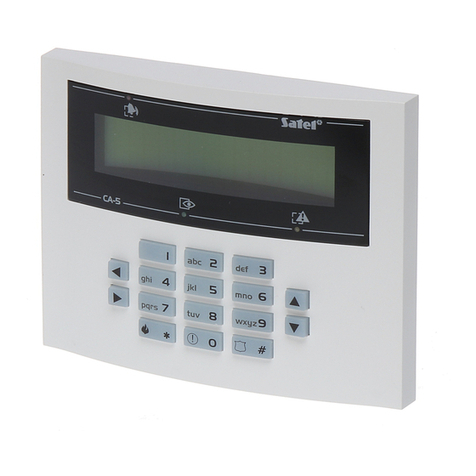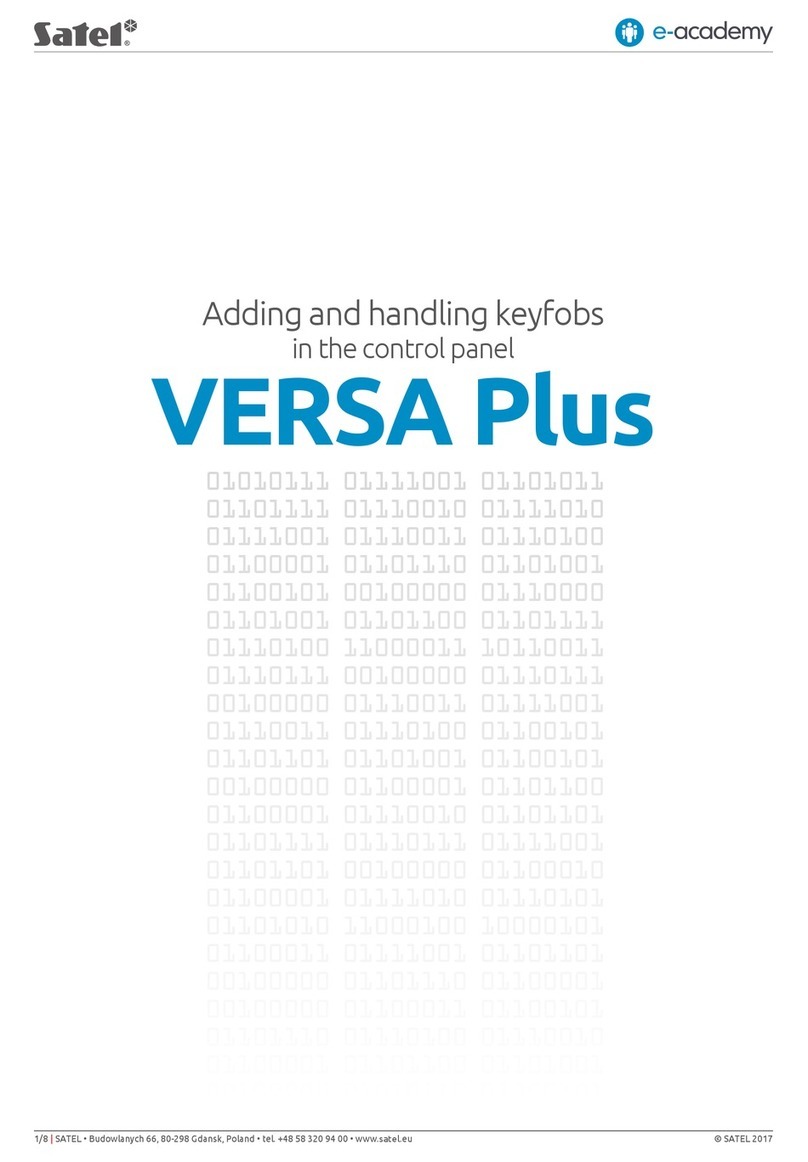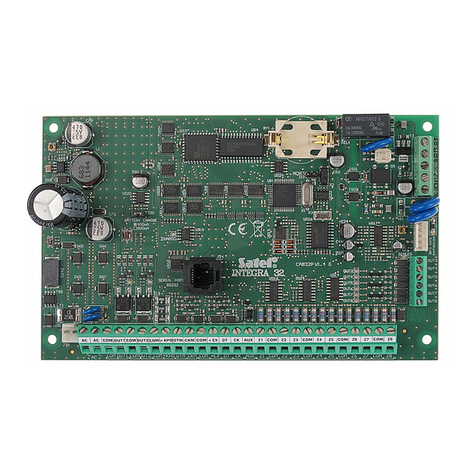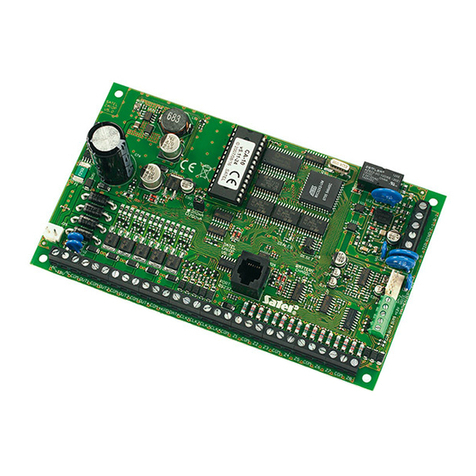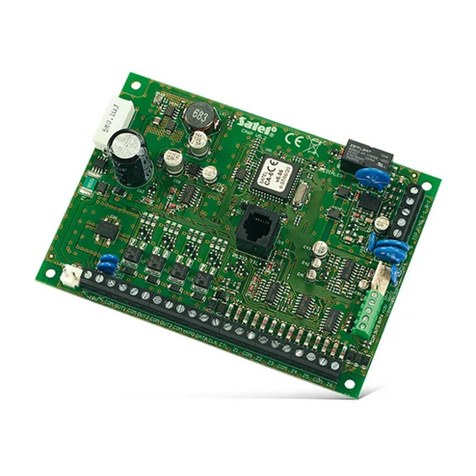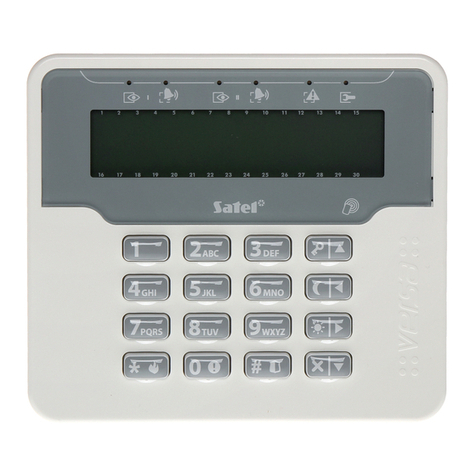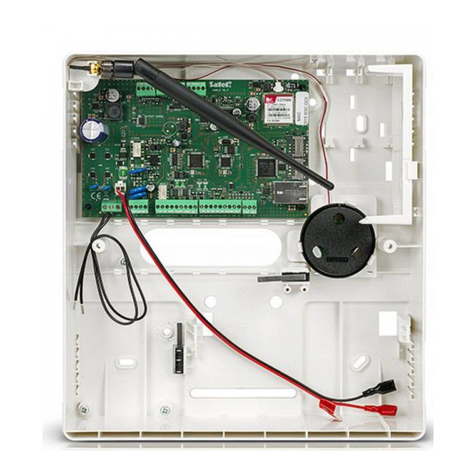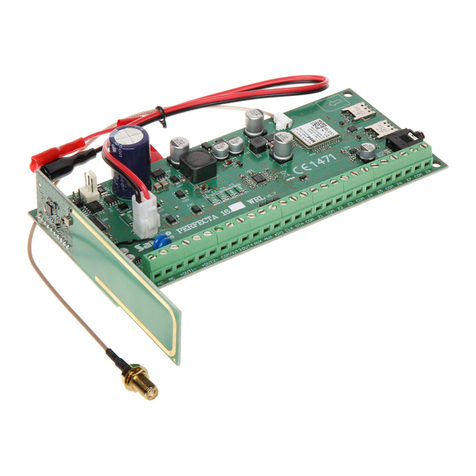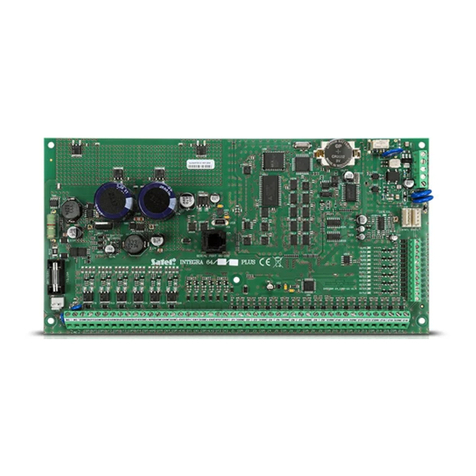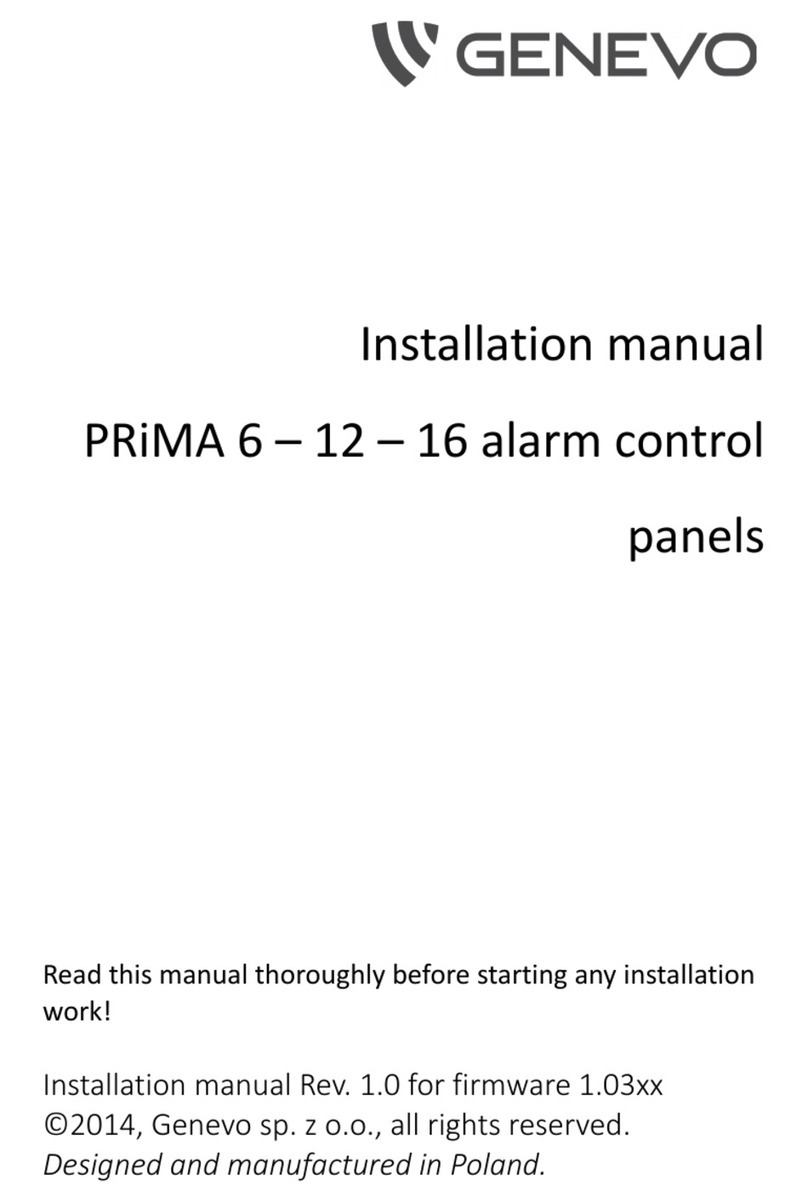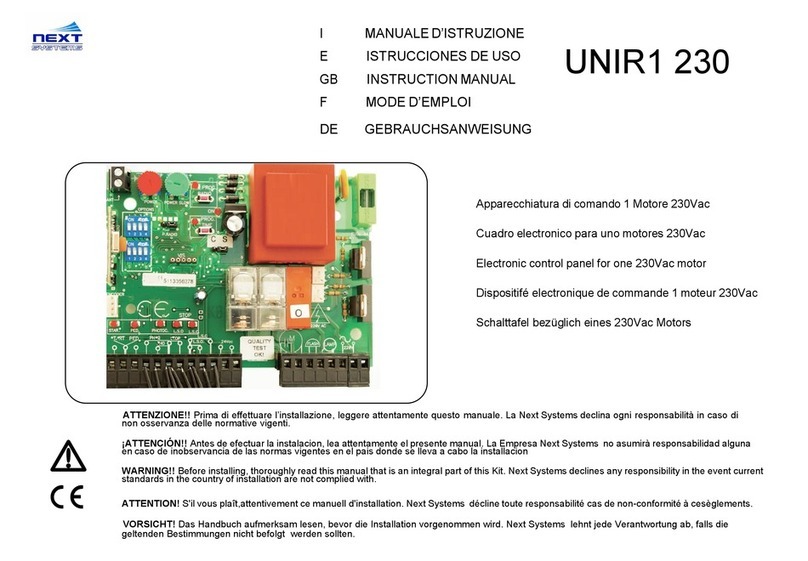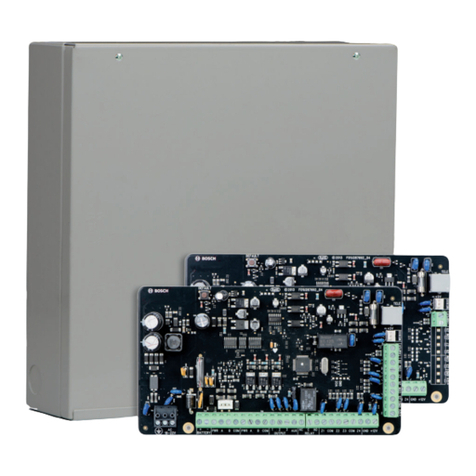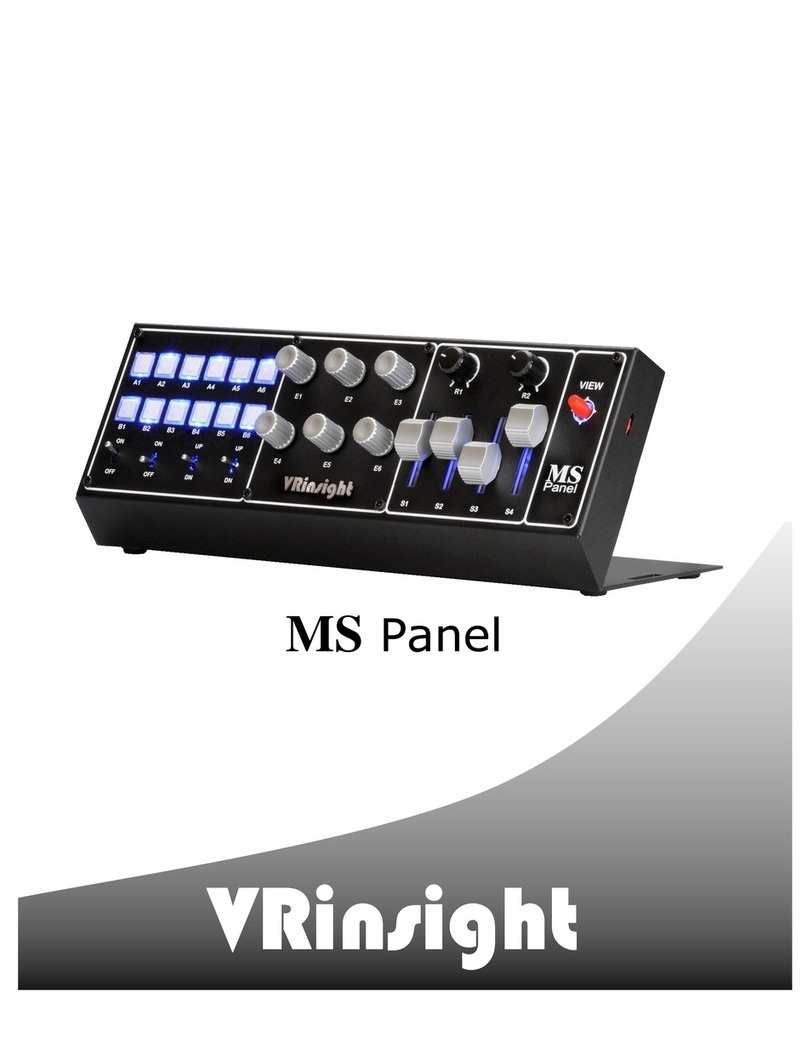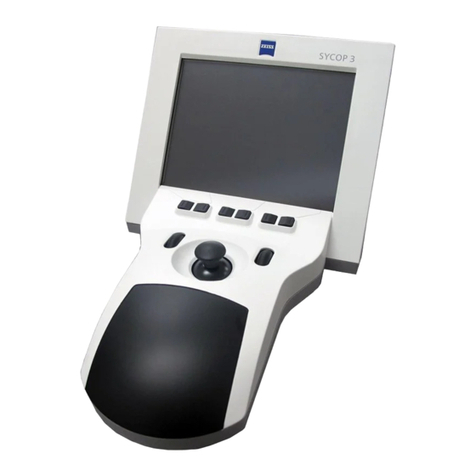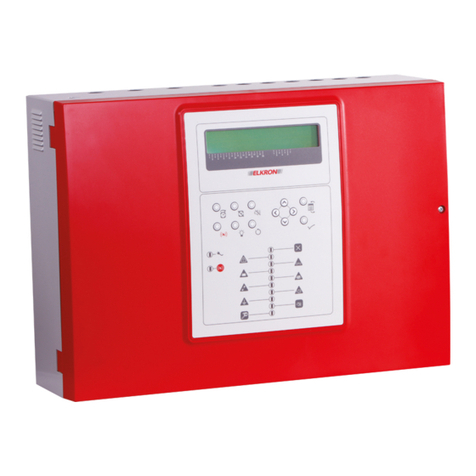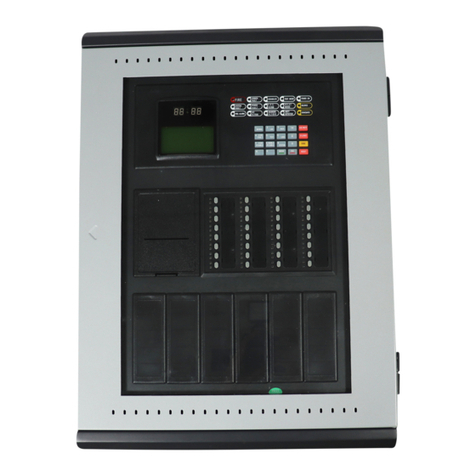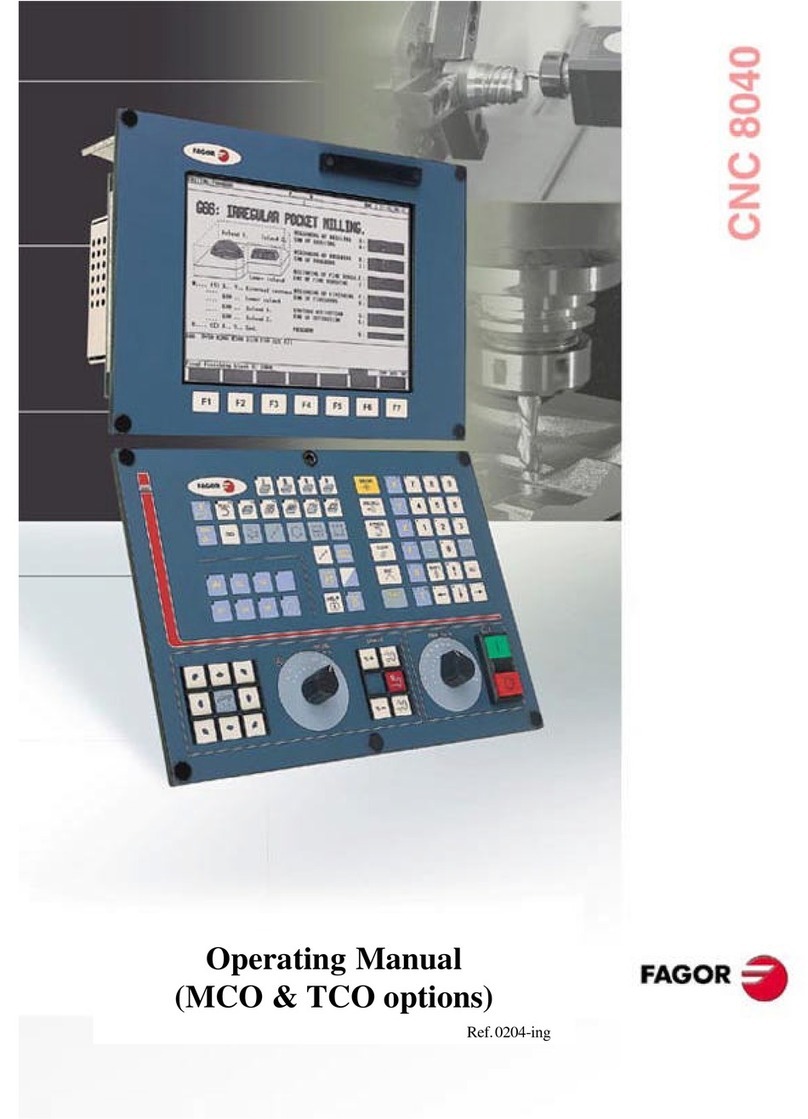2 INTEGRA 128-WRL SATEL
CONTENTS
1. General description...........................................................................................................3
2. System specifications .......................................................................................................3
2.1 Mainboard..................................................................................................................4
2.2 LCD keypads .............................................................................................................5
2.3 Optional modules.......................................................................................................5
2.3.1 Modules to be connected to keypad bus........................................................................ 5
2.3.2 Modules to be connected to expander bus .................................................................... 5
2.4 Wireless devices........................................................................................................8
3. System installation ............................................................................................................8
3.1 Installation plan..........................................................................................................9
3.2 Estimation of system current consumption ................................................................9
3.3 Cabling ......................................................................................................................9
3.4 Installation of control panel mainboard ......................................................................9
3.5 Connecting keypads and other devices to keypad bus............................................12
3.5.1 Addressing devices connected to keypad bus............................................................. 14
3.5.1.1 Programming keypad address by means of service function ................................................ 14
3.5.1.2 Programming keypad address without entering service mode .............................................. 15
3.5.2 Numeration of keypad zones ....................................................................................... 15
3.5.3 Keypad RS-232 port..................................................................................................... 16
3.6 Connecting devices to expander bus.......................................................................16
3.6.1 Addressing devices connected to expander bus.......................................................... 18
3.7 Connecting hardwired detectors ..............................................................................19
3.8 Connecting sirens ....................................................................................................22
3.9 Connecting voice synthesizer ..................................................................................24
3.10 Connecting printer ...................................................................................................24
3.11 Connecting power supply ........................................................................................25
3.11.1 Power supply connection procedure............................................................................ 26
3.12 Starting control panel...............................................................................................26
3.13 Starting GSM telephone ..........................................................................................27
3.14 Installation of wireless devices.................................................................................28
3.14.1 Adding new wireless devices ....................................................................................... 30
3.14.1.1 DLOADX program .................................................................................................................... 30
3.14.1.2 LCD keypad............................................................................................................................ 30
3.14.2 Removing wireless devices.......................................................................................... 31
3.14.2.1 DLOADX program .................................................................................................................... 31
3.14.2.2 LCD keypad............................................................................................................................ 31
4. Compliance with CLC/TS 50131-3 requirements............................................................32
5. Technical data ................................................................................................................32
5.1 Control panel mainboard .........................................................................................32
5.2 INT-KLCD-GR / INT-KLCD-BL keypad ....................................................................32
5.3 INT-KLCDR-GR / INT-KLCDR-BL keypad...............................................................33
5.4 INT-KLCDL-GR / INT-KLCDL-BL keypad ................................................................33
5.5 INT-KLCDS-GR / INT-KLCDS-BL keypad ...............................................................33
5.6 INT-KLCDK-GR keypad...........................................................................................33
6. History of the manual updates ........................................................................................34
